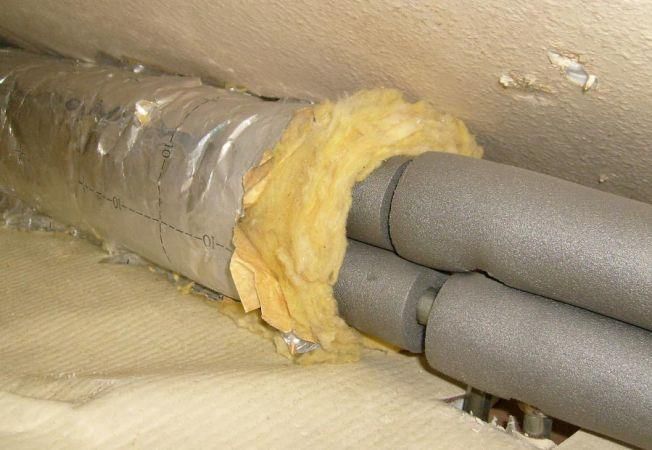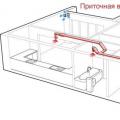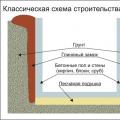In most cases, traditional types of energy carriers are used for heat supply: firewood, coal, gas, electricity, diesel fuel. However, along with them, other sources of thermal energy have also been used - solar radiation and geothermal systems. How to make an alternative heating of a private house with your own hands and what should be taken into account when completing and drawing up an installation diagram?
Features of alternative home heating
For the operation of any heat supply, a source of thermal energy is needed. For this, all types of fuel are used. But alternative heating of a country house works on a different principle. Heating of the coolant occurs due to the influence of solar energy or the temperature difference in the soil.
At first glance, alternative types of heating a private house are the most efficient and financially economical. Their efficiency is rarely below 98%. However, in fact, the use of alternative energy sources is associated with the following difficulties:
- Dependence on weather factors. This is especially true for solar collectors;
- Relatively little power. This must be taken into account if it will be the only source of heat;
- High cost of equipment;
- The complexity of installation and further maintenance.
Why, given these factors, do they make alternative heating with their own hands? In addition to them, you need to take into account the main positive point - low maintenance costs. In fact, they are expressed only in the consumption of electricity required for the operation of pumping equipment and electronic control units.
The feasibility of installing alternative heating for a private house with your own hands should be calculated first. For this, a number of important factors inherent in each alternative heat supply system should be taken into account. Therefore, before purchasing and installing equipment, it is recommended that you carefully familiarize yourself with the features of its operation and technical characteristics.
In practice, this do-it-yourself alternative heating is highly dependent on current weather conditions. So, at a rated power of 600 W / m² in sunny weather, the following deterioration in heat transfer occurs:
- White clouds in the sky - 200-100 W / m²;
- Dark gray or gray clouds - 50-70 200-100 W / m².
Such conditions will not allow solar systems to be considered as the basis of an alternative type of heating for a private cottage. Therefore, they are installed as auxiliary, or to provide hot water in the summer.
In addition to these components, when choosing this method of alternative heating of the cottage, it is necessary to install a pumping system. Its power depends on the volume of the coolant and the duration of the line.
During installation of the solar system, the angle of inclination of the panel must be observed. It depends on the specific model, its area and pipe design.
Arrangement of alternative heating
Having chosen the optimal scheme for alternative heating of a private house, you can proceed with its installation. For this, it is best to use the services of specialized companies. Moreover, in many cases, the guarantee for equipment applies only if its installation was carried out by representatives of the selling organization.
It is much easier to install alternative heating boilers. They are mounted in an existing piping system. However, for proper operation, you should select the appropriate coolant (electrode boilers) and set its heating mode.
In general, the installation technology largely depends on the type of alternative heat supply and the specific model of the heating installation. But besides this, you need to take into account such factors:
- Minimization of heat losses through the use of modern heat-insulating materials. This is especially true for geothermal heating;
- Mandatory availability of an uninterruptible power supply (diesel or gasoline generator), as well as a current stabilizer;
- Installation of automated control of the heating system.
By following these simple tips and carefully studying the technical characteristics of alternative heat supply, you can significantly save on costs.
In the video you can see an example of making a solar system with your own hands:





